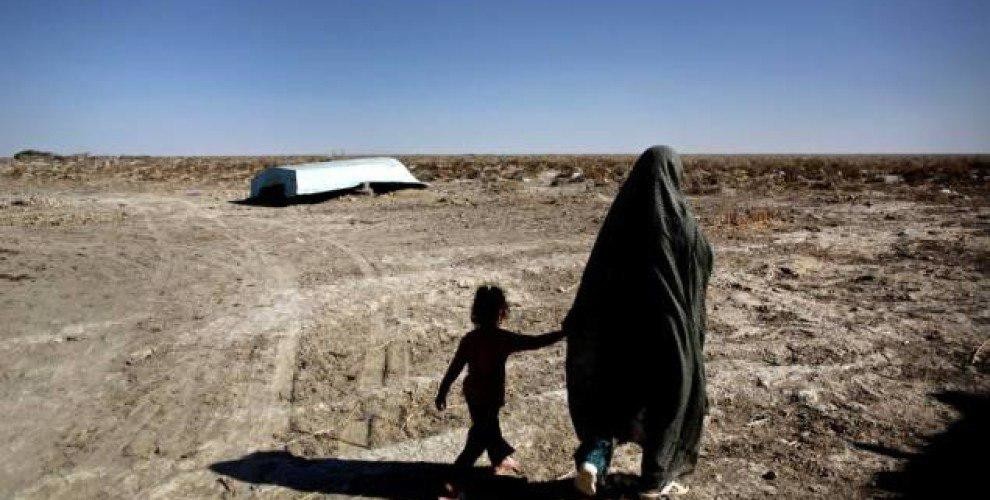Water crisis deepens in Iran
Some 35 million people affected by drought in Iran
Some 35 million people affected by drought in Iran

According to a statement made by Yazd state director of dirty water and dirty water treatment company 350 villages in the province are now suffering from water shortages.
The director said that some 150 of these villages are located in a hard-to-reach mountainous areas and are now without water.
It has been reported that clean water was cut to at least 43 villages in this are due to the rise of the Karkeh River. In the provinces, hundreds of tankers were deployed for water distribution.
Drought and water problems affect Iran in general. This ecological catastrophe is said to be mainly caused by the poor administration of the water resources. Without taking into consideration the consequences for the environment, Iran built a large number of dams believing this will increase prosperity.
While the river and the lakes were arranged for dams, the government did not develop a proper environment-friendly policy.
In order to satisfy needs of military projects and agricultural industry, water was used in a lavish way. Not only the rivers and lakes, but also the marshes were dry.
As a consequence of the drought expanding to more and more areas, dust storms also increased. This meant an increased circulation of industrial pollution carried around by the dust storms, which in turn meant an increase in heavy breathing problems experienced by the population.
There are no legal measures to curb air pollution. As a result, millions of people are actually escaping from the countryside in order to avoid or limit the problems connected to drought and water crisis. Cities and suburbs, in turn, are growing.
The minister of energy said recently that 334 cities and 35 million people were currently affected by the water crisis.